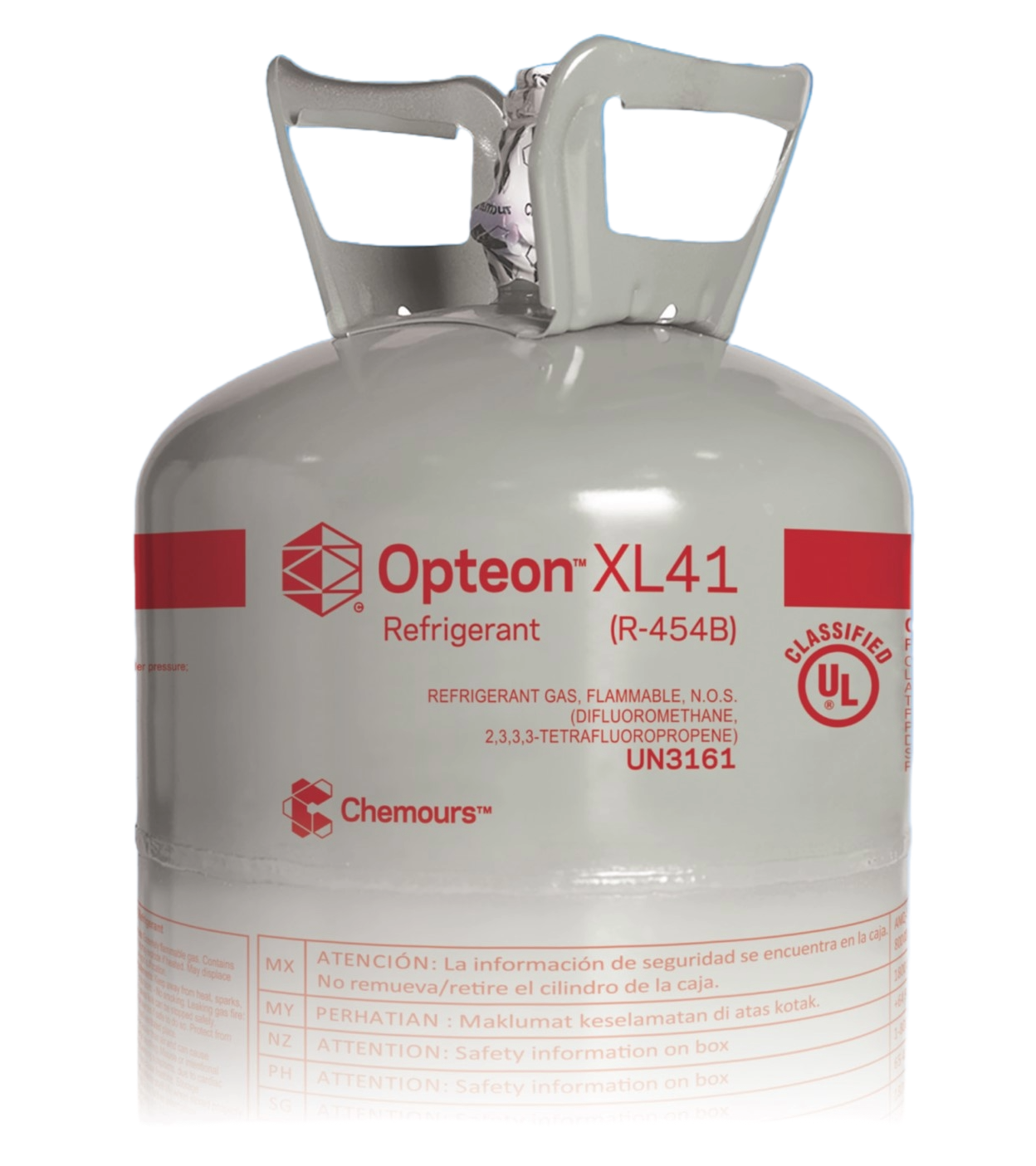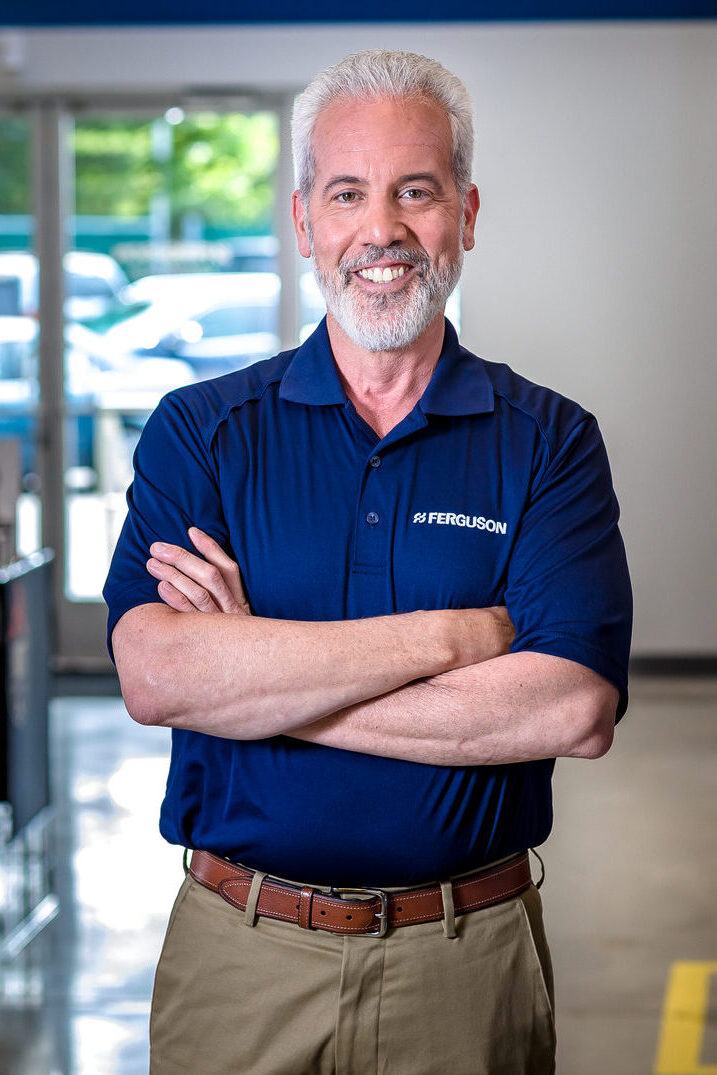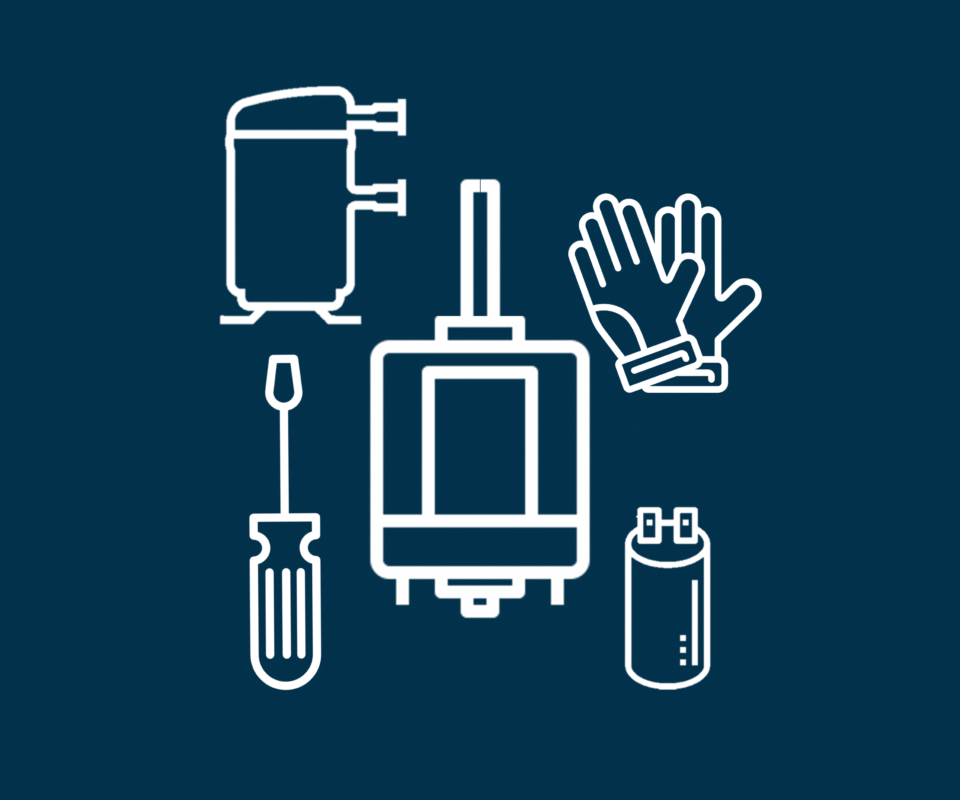The Transition to A2L Refrigerants
Commercial and residential HVAC contractors and professionals are preparing now for the next stage in the phasedown of hydrofluorocarbon (HFC) refrigerants. Continue reading to discover how the transition to A2L refrigerants will affect your business.
What is the HFC phasedown?
Under the American Innovation & Manufacturing (AIM) Act of 2020, the U.S. Environmental Protection Agency is authorized to reduce production and consumption of HFCs through 2036. The EPA’s final rule transitions certain sectors and subsectors to use HFC substitutes that have a lower global warming potential (GWP).
Aerosols, foams, and refrigeration and HVAC products and equipment will have restrictions on the use of specific high GWP HFCs. After Jan. 1, 2025 manufacturers can no longer produce equipment to be used for split system or packaged system new installs.
A2L refrigerants offer a substitute for these high GWP refrigerants. While A2L has been used around the world for years, its use as a refrigerant in HVAC equipment is new in the U.S., so there are key points to understand about the transition.

What is A2L?
ASHRAE Standard 34 categorizes the A2L subgroup as refrigerants with lower toxicity and flammability than some other groups. Many A2L refrigerants serve as a close capacity match for refrigerants with higher GWP. For example:
- R-1234yf and R-1234ze are alternatives for R-134A.
- R-454B, R-447A, R-32 and R-452B are alternatives for R-410A.
- R-454A and R-454C are close matches for R-22 based technology and R-404A equipment.
- R-455A is a close capacity match to R-404A, R-290, R-22 and R-207C.
However, A2L refrigerants are more flammable than the refrigerants they’re replacing. To prepare for the transition to A2L, HVAC technicians will need specialized training to avoid safety hazards. HVAC equipment components also must be tested and modified if necessary.
Key A2L Transition Dates
Most of these expected changes go into effect Jan. 1, 2025, when products containing the high-GWP HFCs will be prohibited to manufacture, distribute, sell, install, import or export. Equipment will start transitioning in early 2024.
New HVAC systems that are installed will no longer be able to use the restricted HFCs, but VRF systems do not need to comply until Jan. 1, 2026.
The specific deadlines for restricted products vary. See the full EPA list.
PRODUCTS –
MANUFACTURE DATE
3 YEAR SELL-THROUGH
____
Products must be manufactured before January 1, 2025. A product is functional packaged system upon leaving the factory. EPA is restricting the sale, distribution, and export of products containing higher-GWP HFCs three years after the manufacture/import restriction dates.
systemS –
INSTALL DATE
1 YEAR SELL-THROUGH
____
Equipment used for fully installed systems must be manufactured before January 1, 2025 +1 year sell through for installation compliance. A system is assembled from multiple components and charged on-site. Examples include traditional residential split systems and mini-split air conditioners.
components –
unlimited sell-through
____
Components include equipment such as compressors, condensers and evaporator coils. EPA is not restricting the manufacture, import, sale, distribution or export of components that are used to repair existing RACHP systems. These will be differentiated by special labeling denoting it as a component.
*Sell-through will not be applicable for California due to the 2025 CARB restriction on all HFC refrigerants after Jan 1, 2025.
**For PTAC/RAC/PAC/Dehumidifiers, no sales of HFC refrigerant units will be permitted after Jan 1, 2023 for California, and Jan 1, 2024 for Washington.
Affected HVAC product categories
The A2L transition will not only affect equipment, but also parts, tools, storage, transportation and safety protocols. Whether a piece of equipment qualifies as a “product” or “system component” dictates liability, sell-through and risk accordingly.
Manufacture is prohibited after Jan. 1, 2025. Sell-through allowed until Jan. 1, 2028.
Full system installation is prohibited after Jan. 1, 2026. Chillers without refrigerant exiting the system are treated as a product.
Full system installation is prohibited after Jan. 1, 2026. *Date may change pending Technology Transition Rule consideration by EPA.
Repair and replacement of components, including outdoor condensing units and evaporator units, is unlimited. Special labeling will be implemented. These products cannot be sold or installed in a complete system.

New Refrigerant Cylinders
For service vehicles, under the “materials of trade” it is business as usual. The same restrictions are in place for 440 pounds, regardless of the hazard. Federally, there are no placards required for service vehicles.
When it comes to storage, currently cylinders must be stored in the upright position. Chemours has tested the cylinders in the horizontal position as well and the testing has come out very positive. They are currently petitioning to change the standard.
Overview of cylinder differences:
- They look different – there is a red band at the top
- Left hand thread – will need adapters to manifold hoses
- New cylinders will have pressure relief valves instead of rupture discs
- There is anti-counterfeit Shrink Wrap on the head

Tools & Parts
Many tools are already A2L compliant in the market now, but will have to be audited and calibrated or updated, depending on compatibility and type.
Additionally, many OEM and aftermarket parts such as contactors and relays, as well as wiring will transition to new sealed components/SKUs to reduce ignition source for use with A2L systems.
Discuss new refrigerant regulations with Ferguson HVAC
To learn more about how the transition to A2L refrigerants will affect your business, contact your local Ferguson.